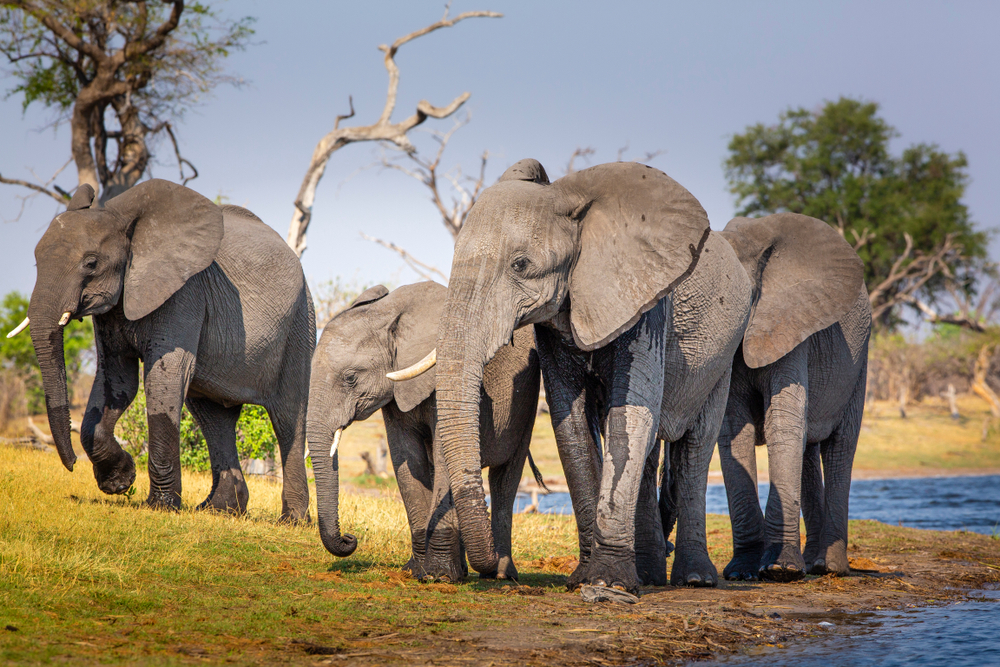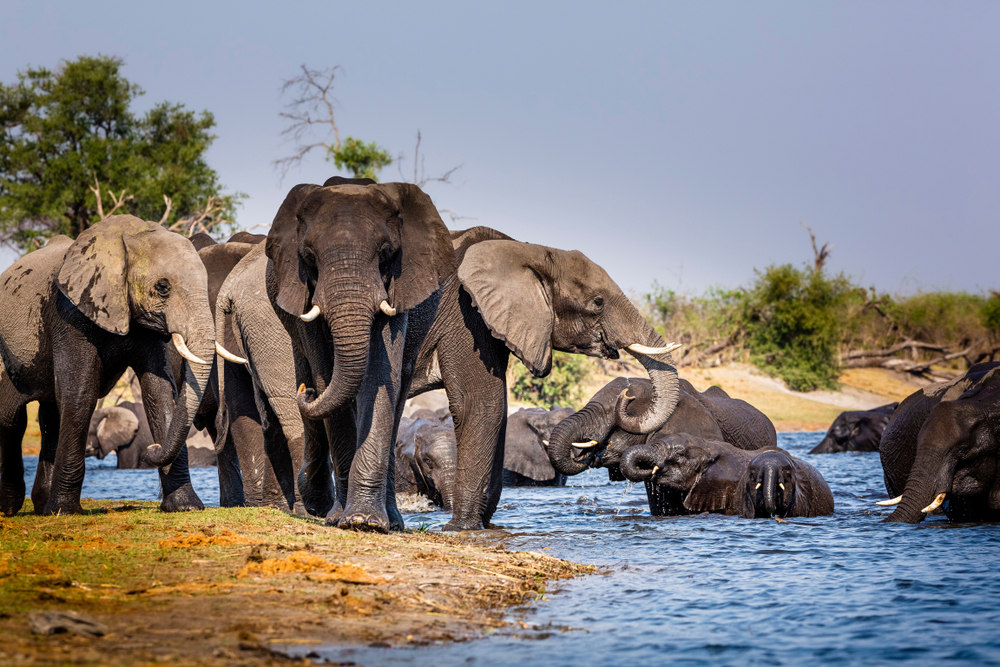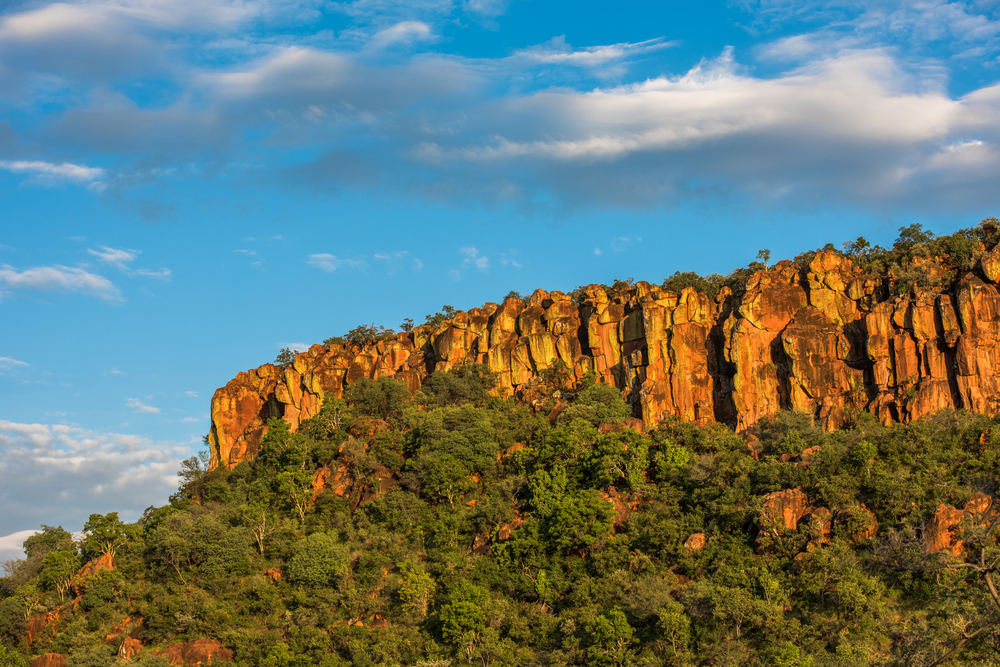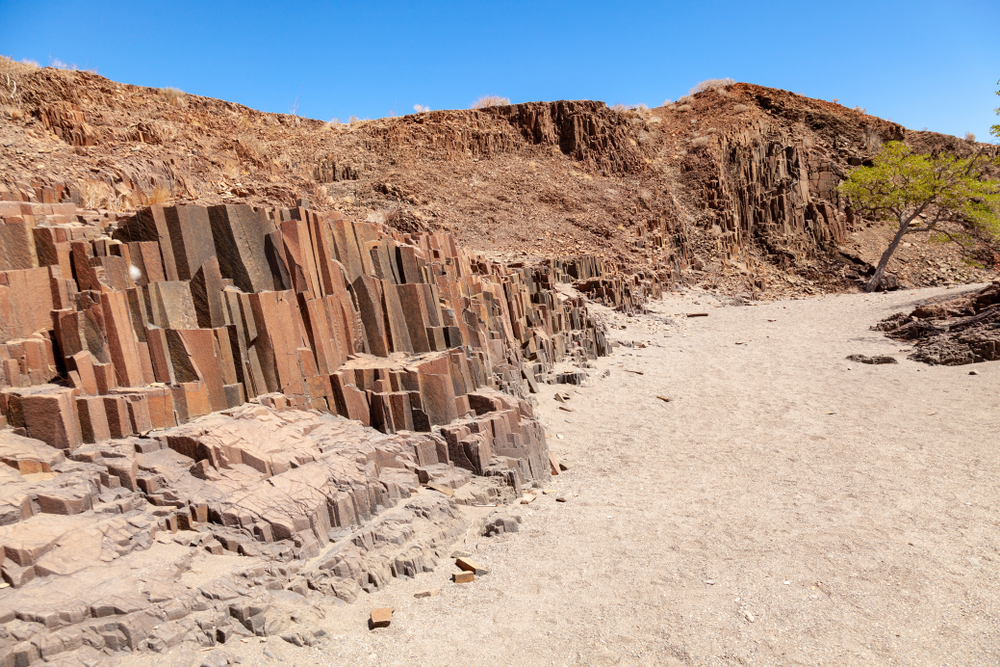Popular
Skeleton Coast National Park, a stark yet striking landscape along Namibia’s coast, is as renowned for its haunting shipwrecks as it is for its unique wildlife. Despite the arid conditions and harsh environment, a remarkable variety of species have adapted to thrive in this coastal desert, making it a fascinating destination for wildlife enthusiasts.
Desert Elephant – Adapted to the arid conditions of the Namib Desert, these elephants travel long distances in search of water, showcasing incredible survival skills.
Brown Hyena – Often seen scavenging along the coastline, the brown hyena is distinguished by its shaggy brown fur and powerful jaws, crucial for its scavenger lifestyle.
Cape Fur Seal – The shores of the Skeleton Coast are home to vast colonies of Cape Fur Seals, easily observed during their breeding season when populations swell.
Black-Backed Jackal – Opportunistic and adaptable, this jackal is often found near seal colonies, scavenging for food along the desolate beaches.
Oryx – With its striking appearance and long, straight horns, the oryx is perfectly adapted to desert life, able to survive without water for extended periods.
Springbok – This iconic antelope, known for its incredible leaping ability, grazes on the sparse vegetation of the Skeleton Coast’s inland areas.
African Lion – A small population of desert-adapted lions roams the northern reaches of the park, an extraordinary example of adaptation to the desert environment.
Gemsbok – Another desert-adapted antelope, the gemsbok is notable for its striking black and white face markings and long, spear-like horns.
Hartmann’s Mountain Zebra – Specialized for life in arid conditions, these zebras navigate the rugged terrain of the Skeleton Coast in search of sparse vegetation.
Damara Tern – This small, endangered seabird nests on the beaches of the Skeleton Coast, feeding on fish and invertebrates plucked from the cold Atlantic waters.
The resilience and adaptability of these species to the challenging conditions of Skeleton Coast National Park underscore the incredible diversity and survival strategies of wildlife in one of Africa’s most inhospitable landscapes.

























































































